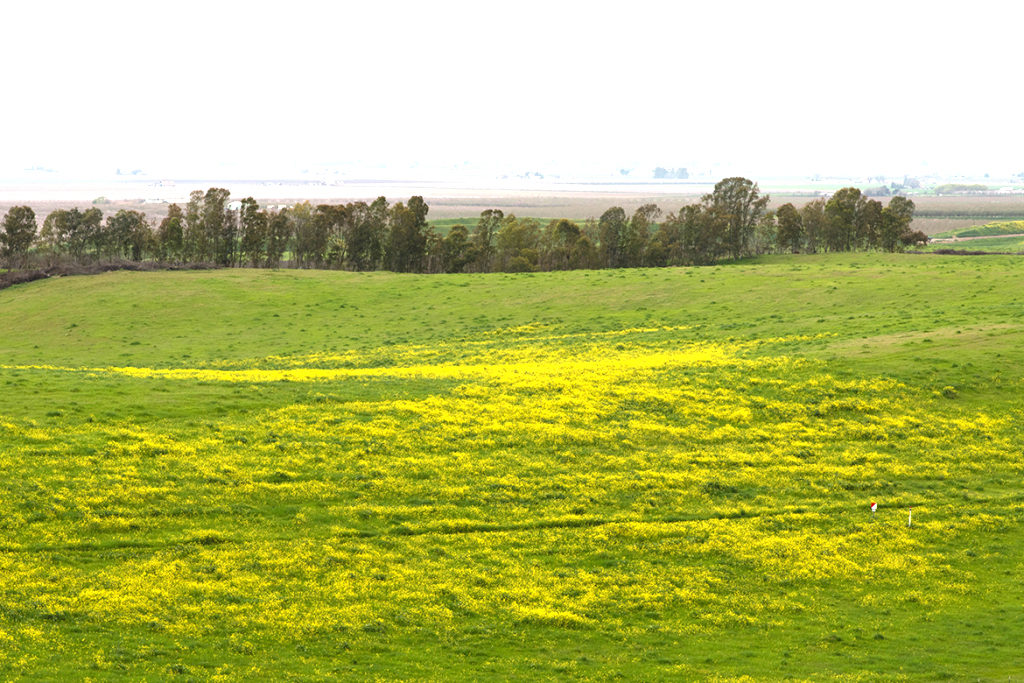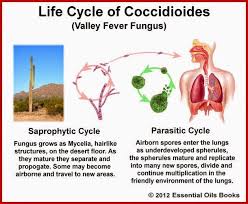Valley Fever getting worse this year in California’s farm areas
Valley Fever is shaping up to be worse this year than in 2016, when the number of cases in California hit a record high.
Valley Fever is most common in the southern San Joaquin Valley and along the Central Coast, according to state public health officials.
Suspected cases of the fungal disease in the first 10 months of 2017 surged by more than one-third from the same period last year to 5,121, officials at the California Department of Public Health (CDPH) said Monday.
That puts this year on track to surpass the number of cases recorded in 2016.
“It is important that people living, working and traveling in California are aware of its symptoms, especially in the southern San Joaquin Valley and the Central Coast, where it is most common,” Dr. Karen Smith, CDPH director and state public health officer, said in a written statement.
The illness, also known by the scientific name coccidioidomycosis, typically causes flu-like symptoms such as fever, chest pain and coughing — but it can be dangerous. It is most prevalent in the late summer and fall.
The department said it doesn’t know why there has been an apparent increase in cases again this year. But climatologists and other researchers have theorized that intensified dust storms or heat waves linked to global warming can fuel Valley Fever.
Many people infected by the fungus don’t show symptoms. But Valley Fever can also be confused with other respiratory infections such as influenza and pneumonia. Elderly people and those with weakened immune symptoms can develop more severe symptoms, including infections of the bone, brain or other organs.
State Assemblyman Rudy Salas (D-Bakersfield), who represents areas of the San Joaquin Valley where the fungus is endemic, said the increase was alarming.
“[This] underscores the need for a statewide approach to help the thousands of families affected across the state,” Salas said in a written statement.
He authored a measure earlier this year that would have required the state public health department to develop outreach programs to educate people about the illness.
Governor Brown vetoed the bill, arguing that the state already provides fact sheets and posters to raise awareness, and that delegating more resources should be decided through state budget negotiations.
Agricultural communities are particularly hard hit by the fungal infection, which is contracted by breathing in spores when dust rises into the air because of weather conditions or activities such as farm work or construction.
Fresno and Kern County reported a notable increase in the number of cases compared with the same period last year. Los Angeles County, Tulare and San Luis Obispo also had a higher number of cases.
Salas also wanted to establish an enhanced monitoring system for Valley Fever, including a working group of health officers from the five counties with the highest number of cases. Those proposals didn’t make it into the bill that Brown vetoed.
Pauline Bartolone: [email protected], @pbartolone










